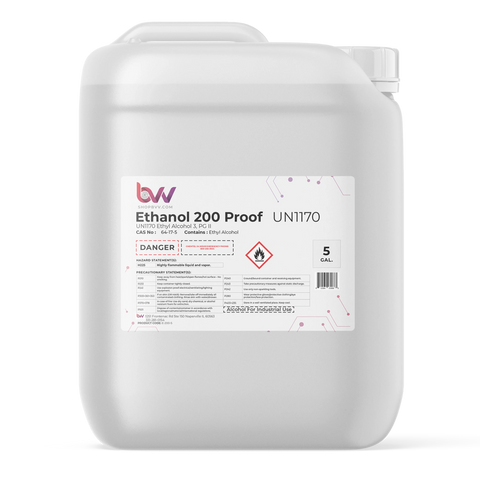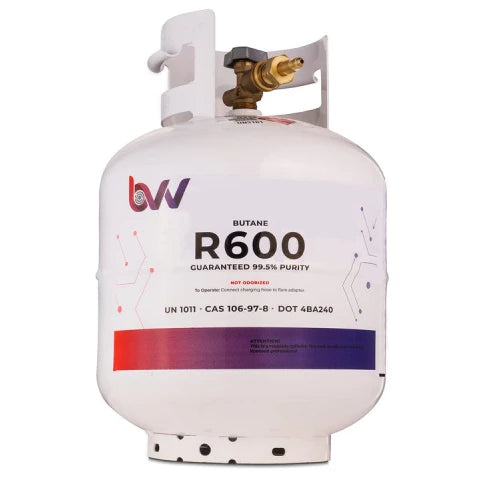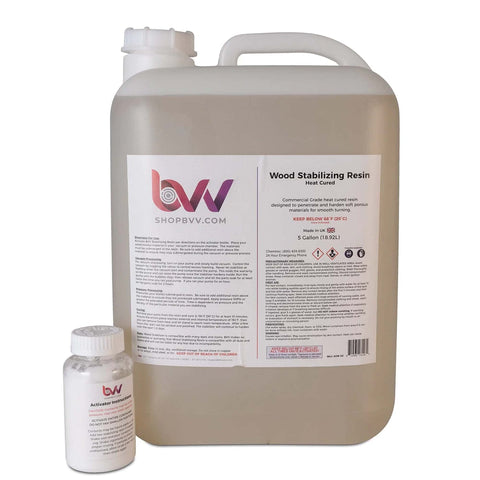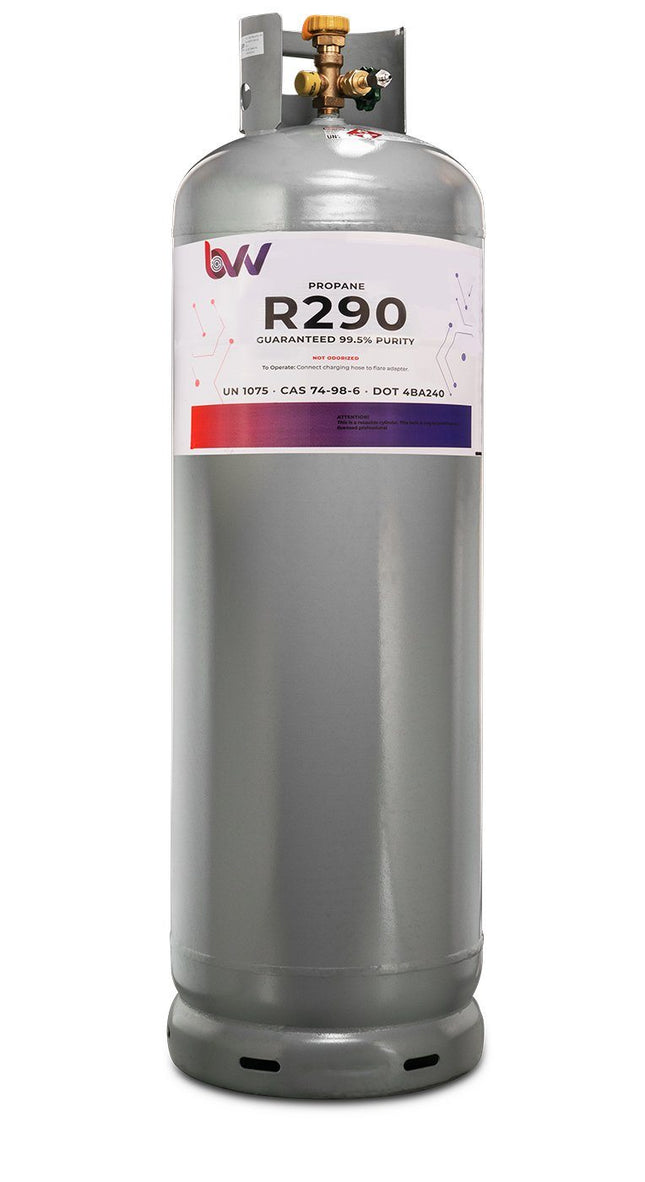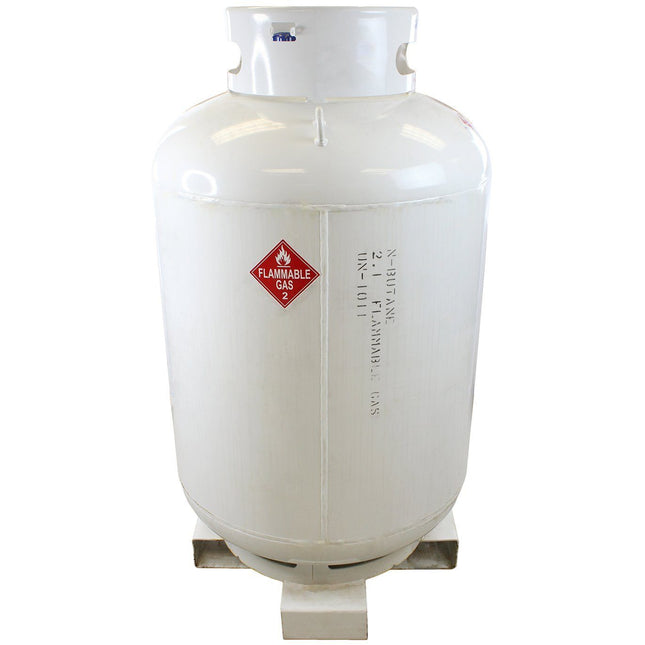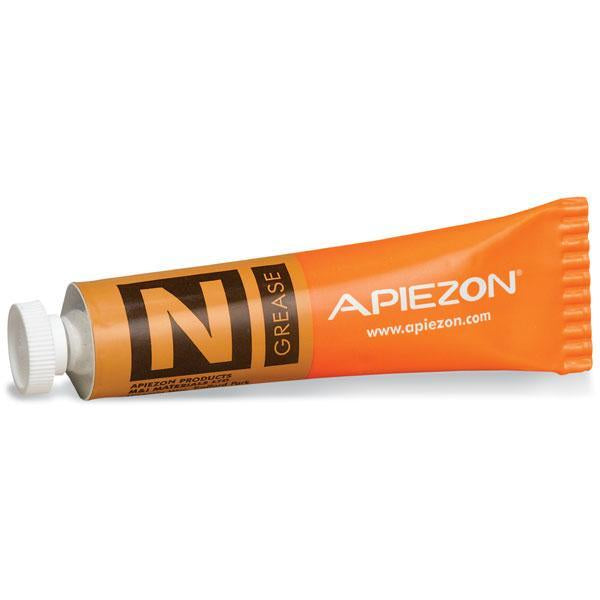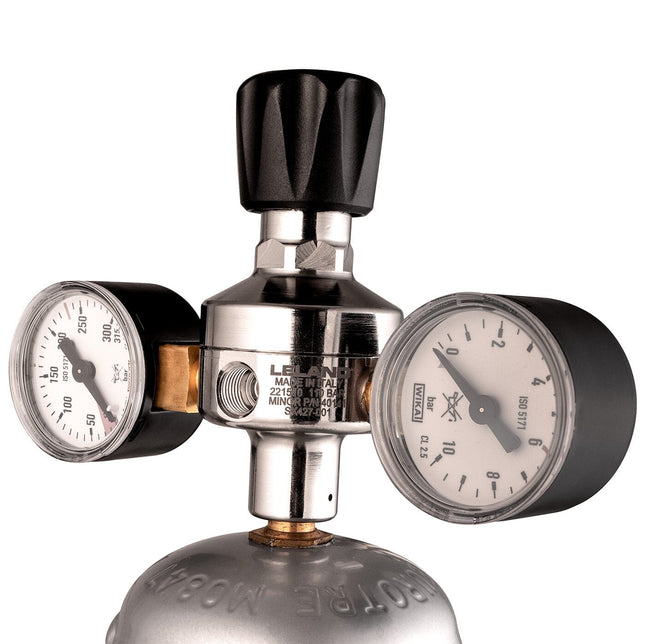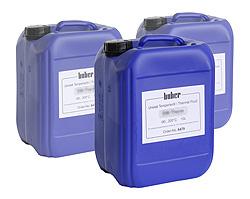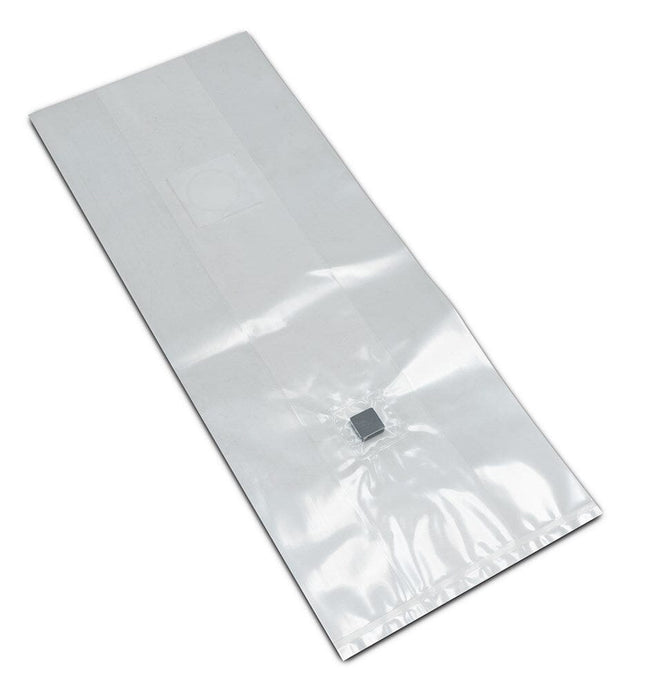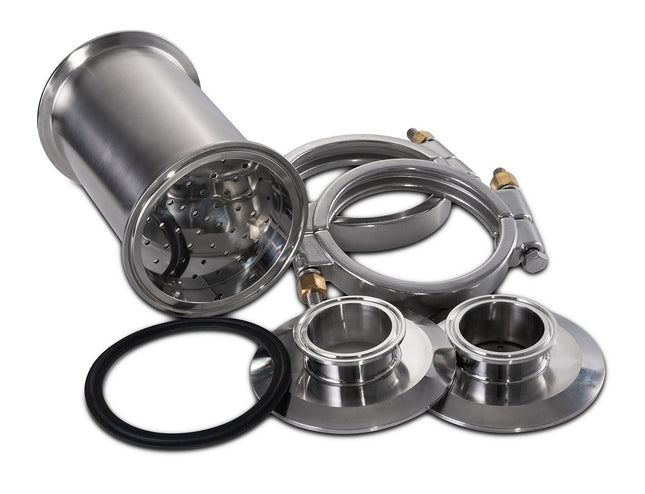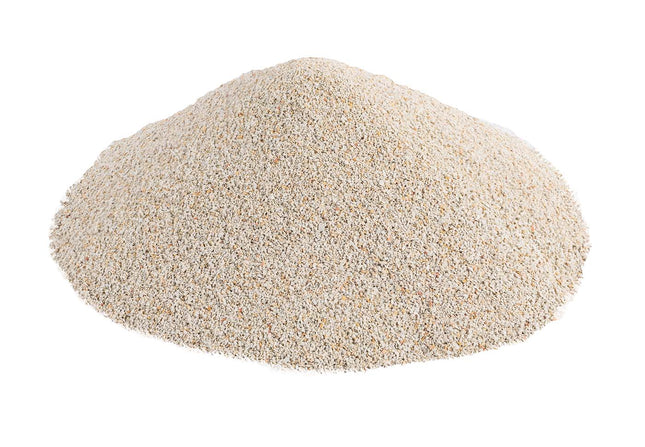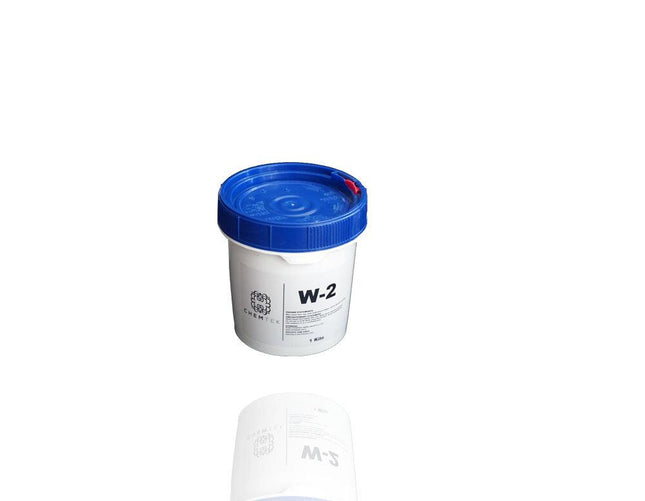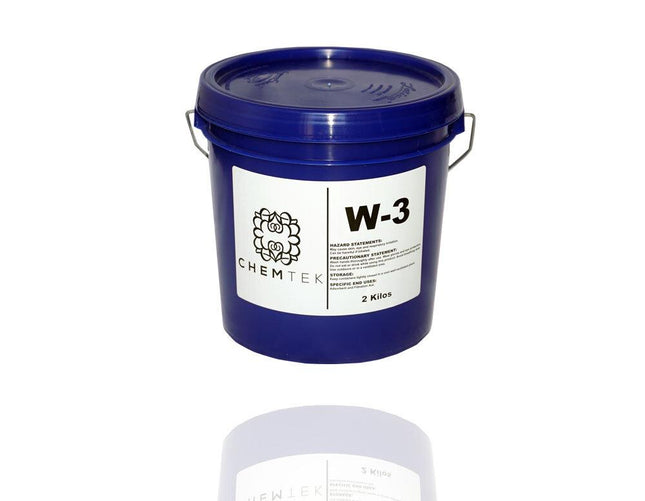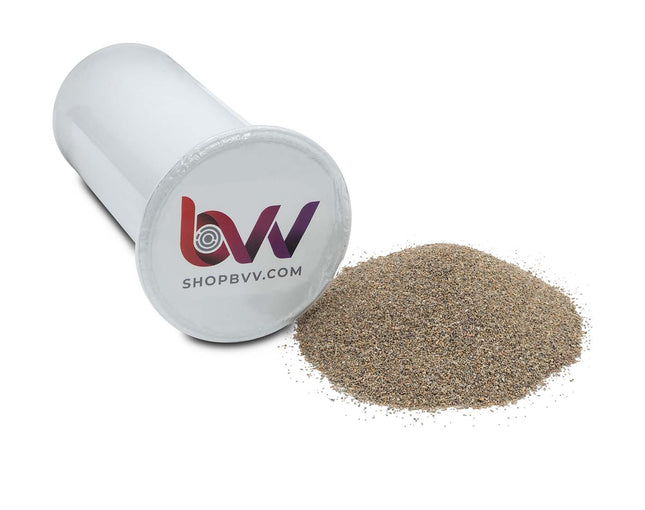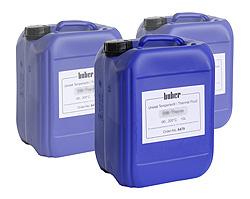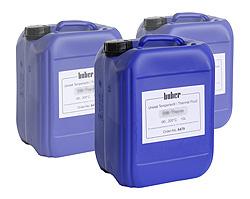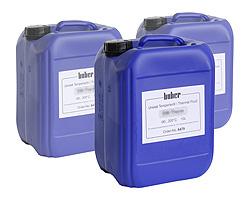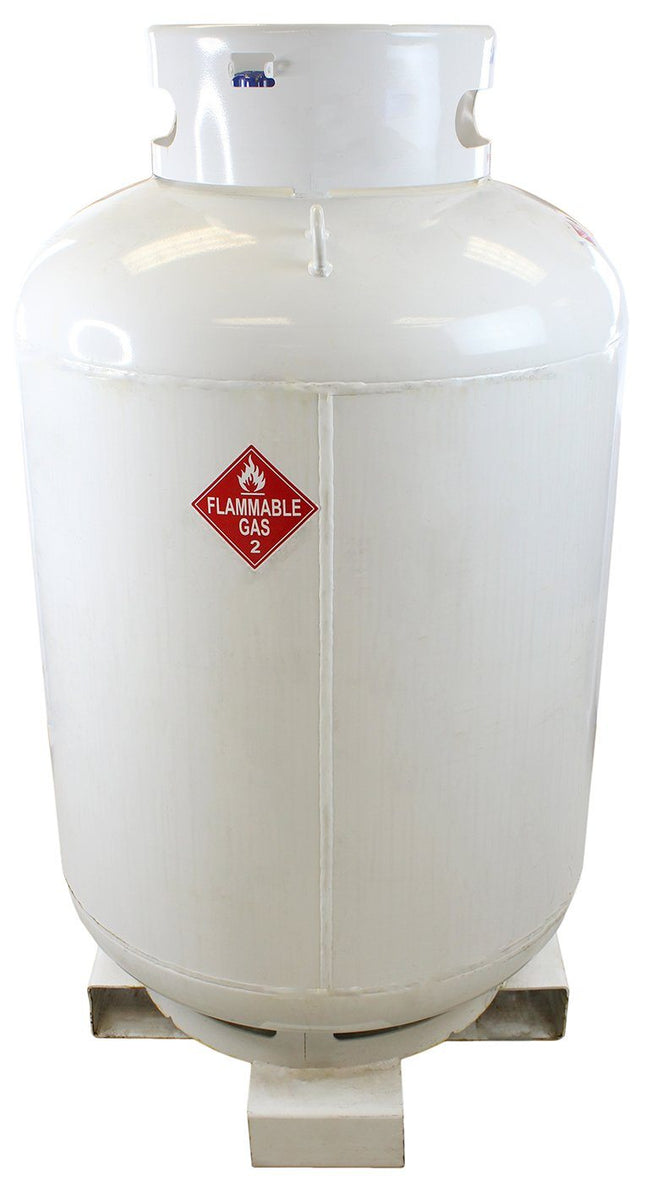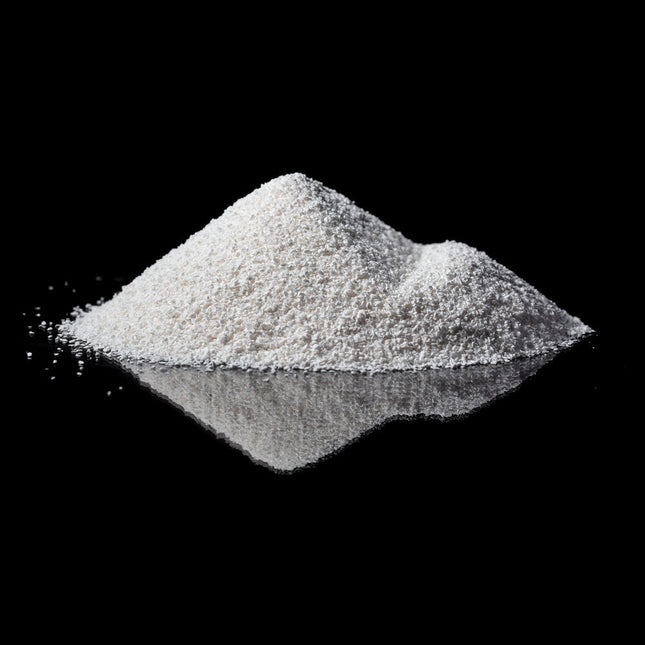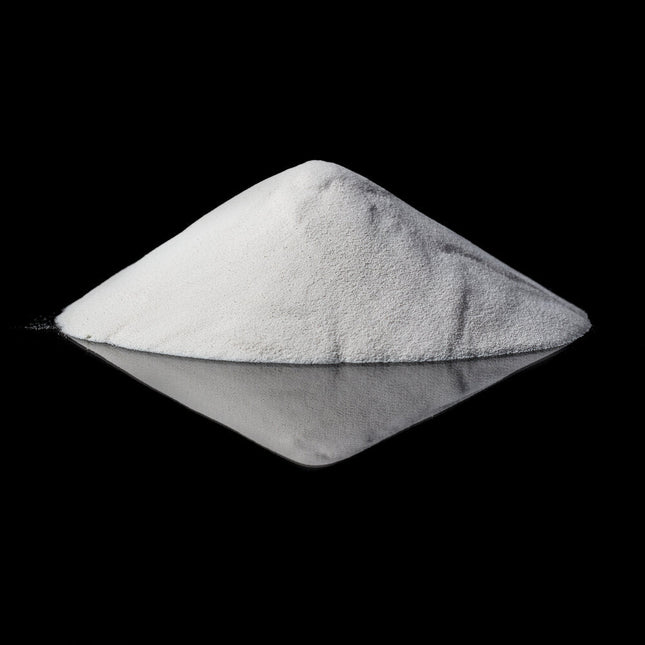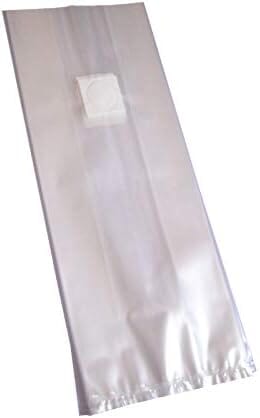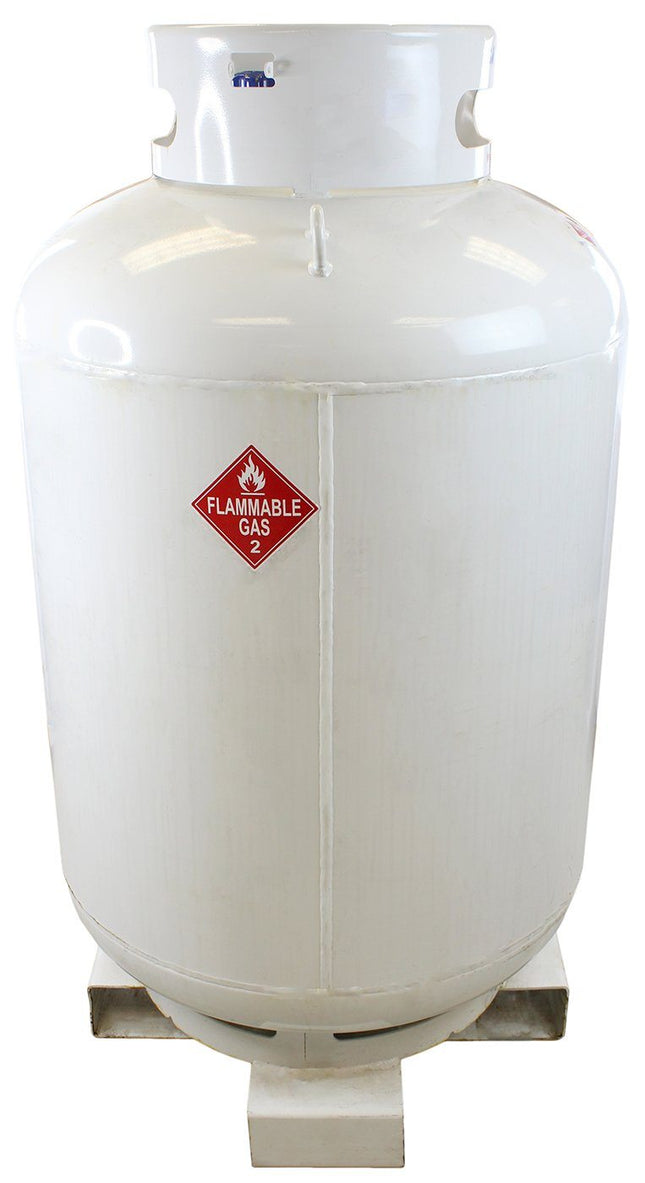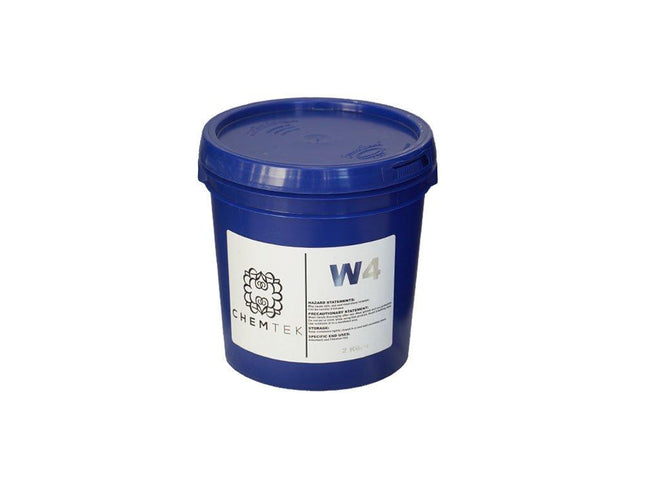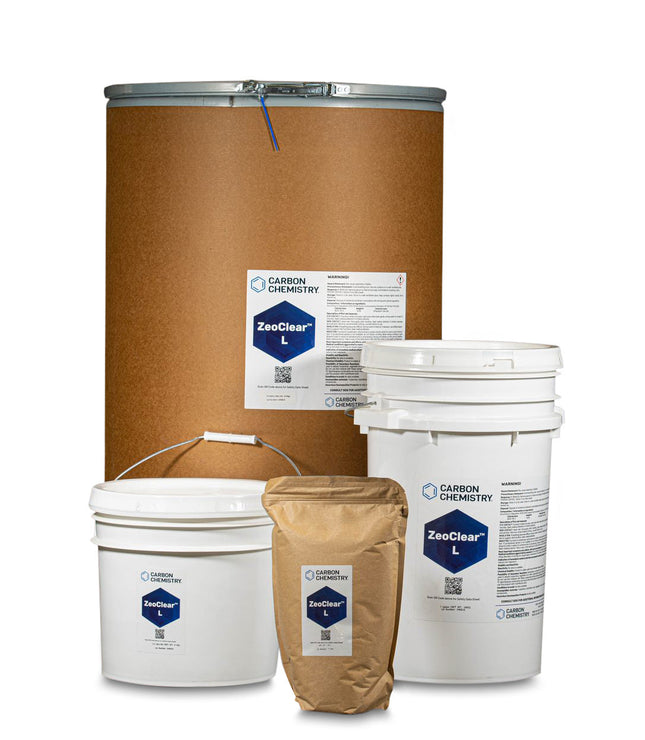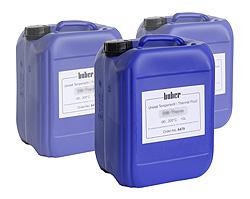BVV Mineral Oil 7 White NF (USP/NF)
Food Grade
White mineral oil can be used for many applications. Industrial, cosmetics, and food processing. Our Mineral Oil can be used in direct skin and food contact. Our oil is colorless, odorless and tasteless . This mineral oil can act as a non-conductive coolant, thermal fluid, lubricant, release agent, binder, defoamer, protective coating or float, sealing and polishing agent, dust control agent, and more. It has applications in three main areas:
The industrial sector
Cosmetics
Food processing
While those three sectors use this element most widely, it has a variety of other applications. White mineral oil is a standard household item, but has also found uses in some niche markets. The substance is versatile and has many properties making it useful in a range of applications.
Food Grade Certified to FDA 21 CFR 172.878
BVV Mineral Oil 7 White NF - COA
BVV Mineral Oil 7 White NF - Spec Sheet
BVV Mineral Oil 7 White NF - SDS
What is a food grade mineral oil?
To use mineral oil in food preparation, it must be classified as a food-grade mineral oil. This is vital for health and safety as well as legal compliance. The Food and Drug Administration (FDA) has established standards any 'food-grade' substance must meet for both direct additions to foods and uses that may result in incidental contact with food. The requirements for purity, amount used, and processes vary based on how one uses mineral oil.
The United States Pharmacopoeia (USP) and the National Formulary (NF) first created guidelines for the use of mineral oil in manufacturing. The FDA requires that food-grade mineral oil meet USP XX test requirements for readily carbonizable substances, which USP released in 1980, and USP XVII test requirements for sulfur compounds. It also needs to meet the specifications in Volume 45 of the Journal of the Association of Official Analytical Chemists.
Mineral oil used as a lubricant for food-processing machinery must be registered with NSF International, an independent global food safety organization, as lubricants for incidental food contact to be used in food-processing plants under the jurisdiction of the U.S. Department of Agriculture (USDA).
Other organizations oversee mineral oil use in other industries. For example, the Association of American Feed Control Officials (AAFCO) governs its use as a dust control agent for animal feeds. This classification is different, however, from food-grade mineral oil. Mineral oil used in the production of pharmaceuticals must be considered pharmaceutical-grade. The cosmetics and medical industry use highly refined mineral oil to avoid irritating the skin, eyes, and other body parts.
Mineral oil chemical formula
Mineral oils coming from crude petroleum oils vary in their make-up and contain complex structures. They include mixtures of straight and branched-chain paraffinic, naphthenic, and aromatic hydrocarbons.
Alkanes, which are acyclic saturated hydrocarbons, are a significant component. They are made up of hydrogen and carbon atoms in a tree structure where all the carbon-to-carbon bonds are single. Mineral oil typically contains between 15 and 40 hydrocarbons.
Mineral oil attributes
Understanding the physical and chemical properties of mineral oil will help you to determine how best to use it in your industrial, food-processing, or other processes. These attributes may differ depending on the type of mineral used, how you use it, and whether any other substances get added to the oil.
Mineral oil is a clear, colorless, and odorless liquid. This lack of strong physical qualities helps make it valuable in a variety of applications. Manufacturers can add it to products without changing their color, scent, flavor, or other crucial aspects. Mineral oil is also generally regarded as safe for human consumption, but in limited amounts. These features enable its use in the food processing and pharmaceutical sectors. Refined mineral oil does not clog pores, which allows for its use in cosmetics.
Mineral oil has a density of 0.85 grams per milliliter (g/ml), and its specific gravity is 0.845 - 0.905. Its kinematic viscosity is greater than or equal to 38.1 millimeters squared per second (mm2/s). It is insoluble in water.
The substance has an initial boiling point of 424.4 degrees Fahrenheit (°F) and a boiling range that extends up to 1189.4 °F. Its flash point is 275.00 °F closed cup and 380.00 °F open cup. It has an auto-ignition temperature of 500 °F, and its heat of combustion is 31.5 kilojoules per gram (kJ/g). As mentioned above, mineral oil has an NFPA flammability rating of one, a health rating of zero, and a reactivity rating of zero, meaning it is not a high fire risk.
One of the most beneficial attributes of white mineral oil is its lubrication capabilities. This is the primary reason it has so many industrial, mechanical, food-processing, and medical applications. This property plays a crucial role in many manufacturing and food production processes.
Its ability to transfer heat and its non-conductivity enable mineral oil's use as a coolant in a various electronic and mechanical equipment, as well as in industrial processes. Its resistance to water and other liquids, as well as insolubility in water, allow mineral oil to function as a sealant and binder in a variety of products.
Safety
Mineral oil is not regarded as an especially dangerous substance, but like all chemicals, users should handle it with appropriate care and precautions. A Material Safety Data Sheets (MSDS) for mineral oil may include the following information:
Eyes: Mineral oil may cause eye irritation if it comes into contact with them. Flush eyes for several minutes and seek medical attention.
Skin: It may cause skin irritation if prolonged contact with skin occurs. Remove contaminated clothing and wash affected areas or shower. Get medical attention if irritation persists.
Inhalation: Inhaling mineral oil mist may irritate the respiratory tract and lungs. If this occurs, move to fresh air. Get medical attention if irritation persists.
Ingestion: Ingestion can cause gastrointestinal irritation and result in nausea, vomiting, and diarrhea. If conscious, rinse mouth and drink water. Do not induce vomiting. If irritation persists, get medical attention.
Mineral oil is combustible but has a low flammability rating. Having a National Fire Protection Association (NFPA) rating of one, means mineral oil must be preheated to ignite. Mineral oil has an instability rating of zero, which means it is stable even under fire conditions, and a health rating of zero, meaning it does not create any additional hazards beyond normal combustibility. You can extinguish a mineral oil fire using water fog, foam, dry chemical powder, or carbon dioxide (CO2) but should not use a water jet as this can spread the fire.If you encounter a spill of mineral oil, keep unnecessary personnel away, wear protective equipment, and absorb the spill with an absorbent material before cleaning the affected surface to remove any residue.
Applications for mineral oil
Mineral oil is inert, which makes it easy to use. Both consumers and businesses in a range of industries use mineral oil for a variety of applications. The three sectors named above primarily use mineral oil, but it appears across a wide range of industries and applications. Here are some of the most common uses in the industrial, personal care, and food production sectors.
Use in cosmetics
You can find mineral oil in many different cosmetics products including baby lotions, ointment, make-up remover, sunscreens, hair conditioner, and even tissues. Mineral oil is an ideal base material for many of these products because it is inert, colorless, and odorless. Mineral oils may appear in cosmetics as liquid oils or solid waxes.
Some kinds of mineral oils are comedogenic, meaning they clog pores. Because of this, the mineral oil used in skincare and cosmetic products is noncomedogenic and does not clog pores. In fact, cosmetics companies often describe mineral oil as having moisturizing, protective, and cleansing properties for the skin. Additionally, these oils are used to give cosmetic products film-forming and water-repellent features as well as increased firmness.
Use in food processing
The food processing and preparation industries frequently use mineral oil. Sometimes, manufacturers add mineral oil directly to food. At other times, mineral oil assists in the production process but is not added to food directly. As mentioned earlier, all mineral oil that may come into contact with food must achieve classification as food-grade, and it must be used in accordance with all relevant laws and regulations.
Food producers use mineral oil as a:
Binder, release agent, or lubricant in bakery products, dehydrated foods, egg white solids, and in tablets or capsules for adding nutrients, flavoring, spices, or for use as a dietary supplement
Release agent, sealing agent, and polishing agent in confectioners
Protective coating on raw fruits and vegetables
Defoamer in vinegar and beet sugar production
Dough divider
Dust control agent for grains.
Binder, release agent, and lubricant in the manufacturing of yeast
Mineral oil plays a role in some of the non-food products used to prepare, serve, and eat food. In these situations, the oil should also be food-grade. When applied to cookware, bakeware, and cooking utensils, mineral oil prevents food from sticking to them. People rub it onto the surface of wooden cutting boards, bowls, and utensils to prevent them from absorbing water, which can damage them. Mineral oil also prevents wood-based cooking tools from absorbing food liquids and odors, which makes cleaning easier. It acts as a lubricant for food processing equipment as well.
Industrial, mechanical, and electrical uses
Mineral oil serves to assist with various industrial, mechanical, and electrical purposes. It is an effective lubricant for industrial equipment and often functions as a processing aid. It is an element that helps make up various substances used in industrial processes, such as lubricants, greases, dyes, polymers, and surface treatment products.
Mineral oil also acts as a thermal fluid or non-conductive coolant in various electric components. In refrigerators and oil-based electric heaters, mineral oil is used as a cooling liquid. In switchgear, it serves as an insulator and a coolant to diffuse switching arcs. In the production of plastics, mineral oil is used to control the melt flow rate of finished polymer and act as a release agent.
Automotive equipment frequently uses mineral oil, primarily as a component in hydraulic liquids in automotive suspension, as well as in lubricants in brake fluids and motor oil.
Read more less

